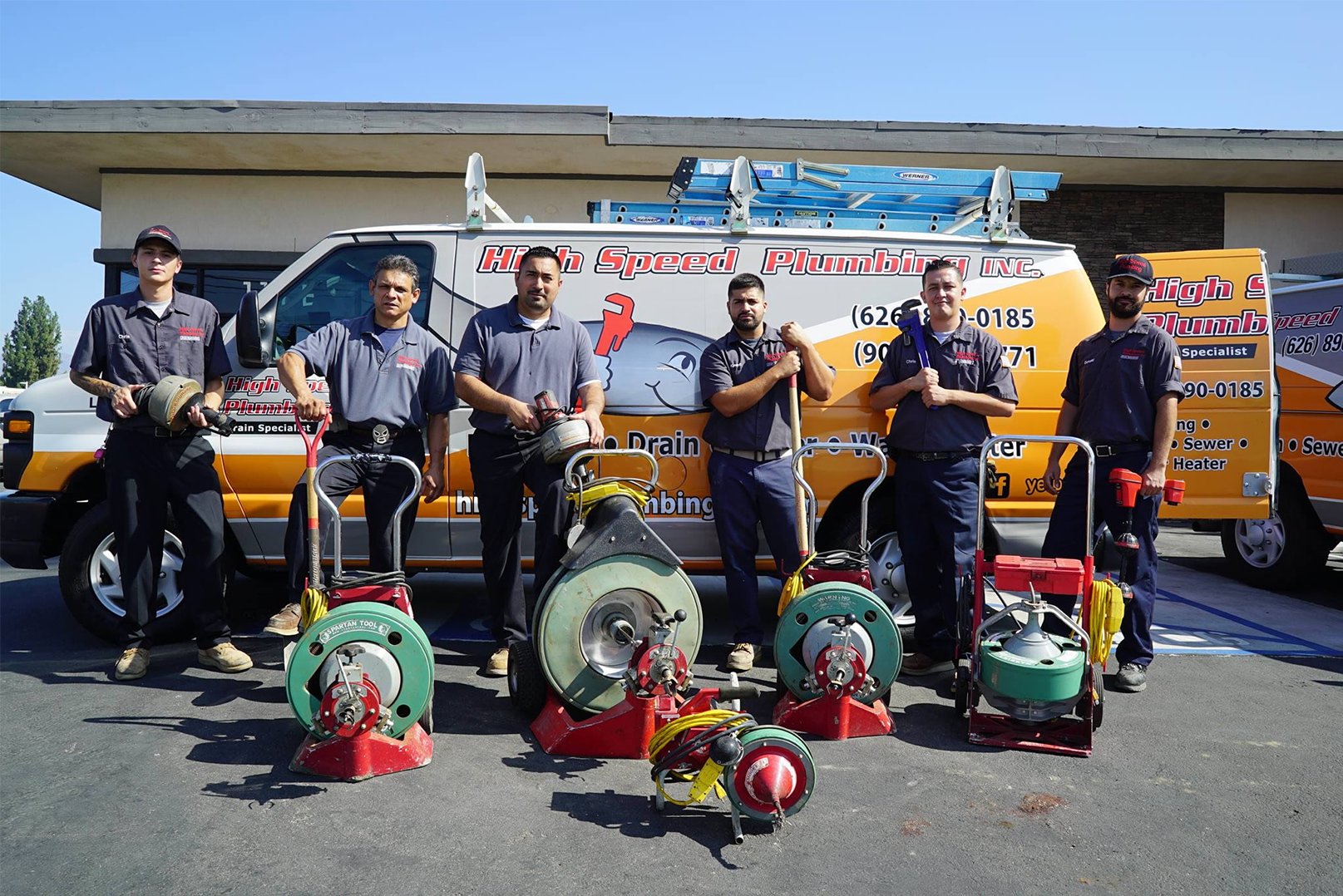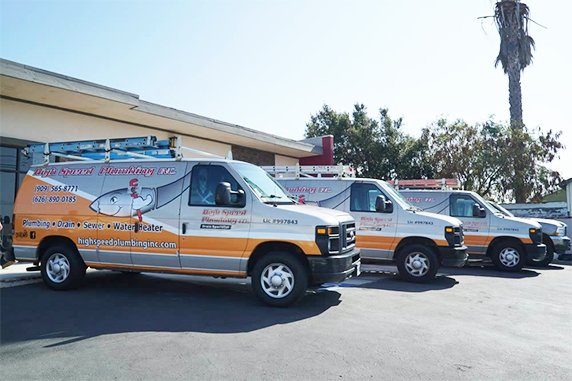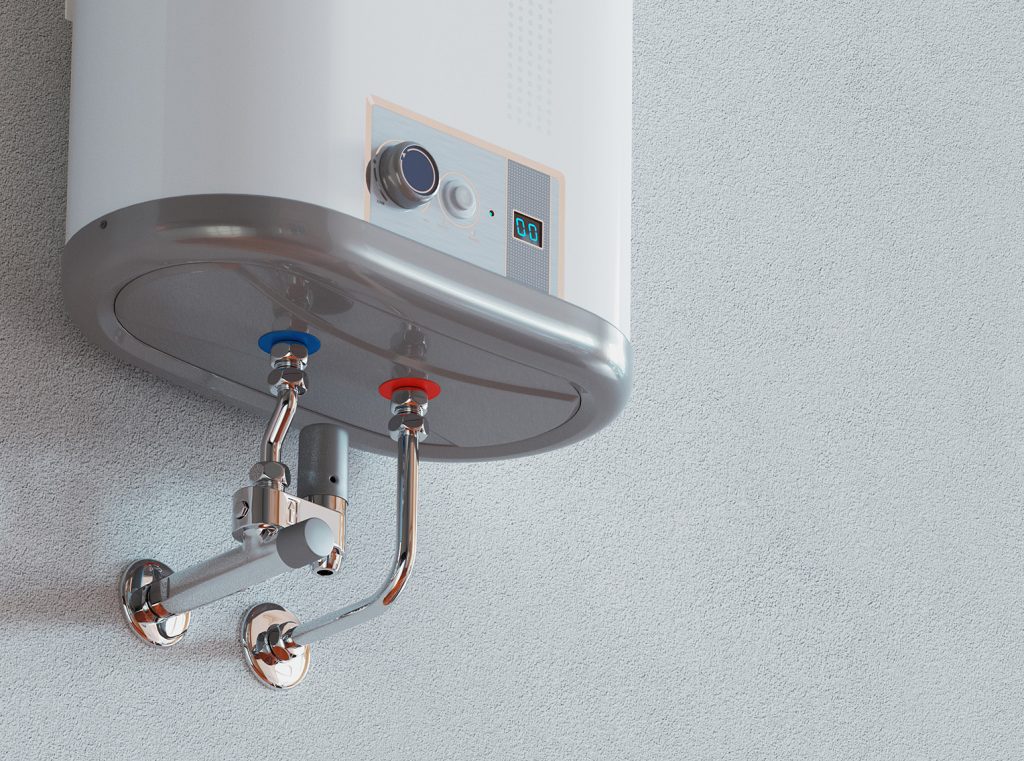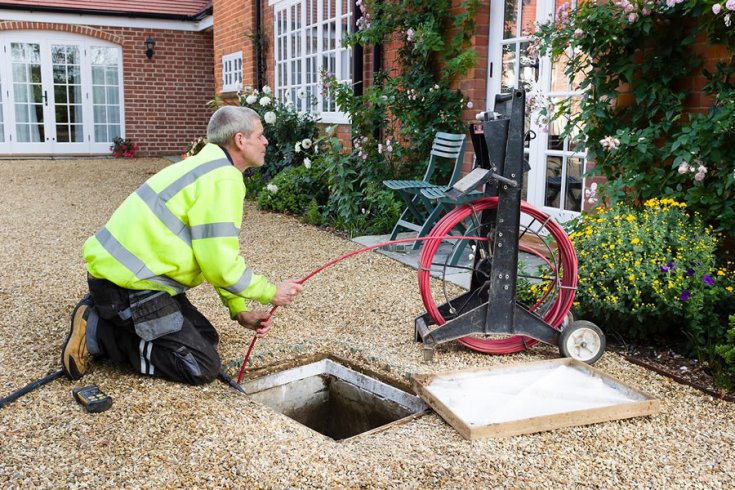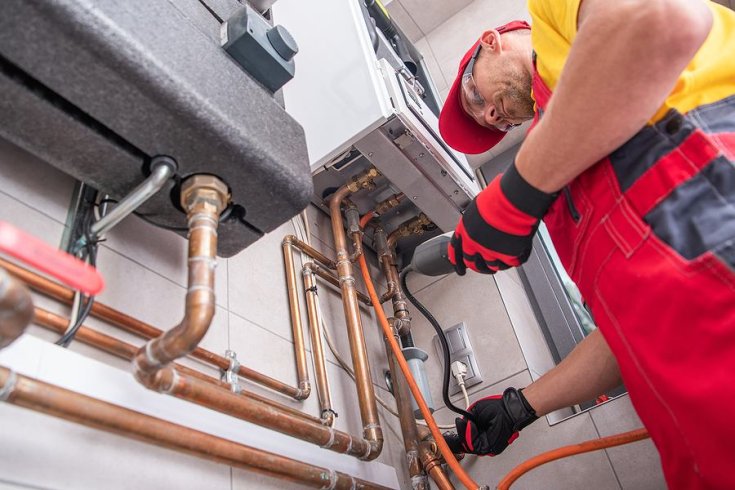The Pros and Cons of a Tankless Water Heater
If you’re tired of waiting for your hot water tank to heat up when taking a shower, buying a tankless water heater may be a great option for your Southern California home. Below, we will be discussing the pros and cons of a tankless water heater so you can decide if it's the right solution for your home.
A tankless water heater uses less water, which means it uses less energy and also saves you money. The instant, or tankless, kind of heat works by heating water with a burner or coils and then circulating it to the faucet. That’s why it’s called instant, or tankless, heat. This instant heating requires more power, but a tankless system uses less energy overall because it doesn't have to be reheated over and over again, like in a traditional “tank” model.
For most situations, a tankless water heater is the best option. However, it is not a good option in every situation. Although there are advantages to using these relatively new systems, it is a good idea to weigh the pros and cons of a tankless water heater.
The Pros of a Tankless Water Heater
- Instant Hot Water: A tankless water heater heats cold water continuously to demand, so you can have hot water as long as you keep the water flowing through the tap. In theory, a tankless water heater can let you take a hot shower for as long as you'd like without the water ever getting cold.
- Energy Efficient: According to the U.S. Department of Energy, tankless water heaters are about 24%-34% more energy-efficient than storage tank water heaters, provided that you use around 41 gallons of water per day.
- Saves Money: Since tankless water heaters use less energy, you're also saving money in the long run. If you live in an area where energy costs are high such as Southern California, a tankless water heater is the way to go. Homeowners can expect to save hundreds of dollars annually.
- Saves Space: A tankless water heater is a great option for those who need to free up some room in their home.. Tankless water heaters are much smaller than the bulky storage water heaters. Installers mount them on a wall or in an inconspicuous place, like a crawl space.
- Longer Lifespan: A tankless water heater is the best choice if you want the longest possible lifespan. A standard, high-quality water heater will last about ten years, whereas tankless heaters will last twice as long. Opting for the longer-lasting tankless water heater model can save homeowners from needing a replacement every ten years.
The Cons of a Tankless Water Heater
- Limited Hot Water Supply: A tankless water heater can only heat so much water at a time. If you run a dishwasher, washing machine and shower all at the same time, the temperature of the water might change because your heater is trying to provide for all three locations at the same time. You may be able to work around this problem by installing more than one water heater or by using less hot water.
- Higher Initial Cost: Their longer lifespan makes tankless water heaters more expensive. The average traditional water heater costs around $500, while the cheapest tankless options start at $1,000. Tankless units also cost more to install, so be sure to include those costs into your overall pricing decision.
- Electricity Dependent: A tankless water heater needs electricity to run and regulate, so if there’s no power, then you’re left without hot water. In areas prone to power outages a tankless water heater may not be the best choice.
- Delivery Time: Tankless water heaters take longer to generate and deliver hot water compared to tank-style heaters because they don’t keep a supply of hot water ready to flow immediately when you need it like a traditional water heater would. When you turn on a hot water tap, the idle water in the pipes is cool or, at best, room temperature. Once that cool water is flushed out, heated water comes through. It can take between a few seconds and a minute for the water to reach the outlet depending on the distance between the heater and the tap.
Bottom Line
After considering all the pros and cons of a tankless water heater, it is best to look at all options. If you’re looking for a way to save money long-term, improve your home’s energy efficiency, and don’t mind making an expensive initial investment, then a tankless water heater will meet all your needs.

